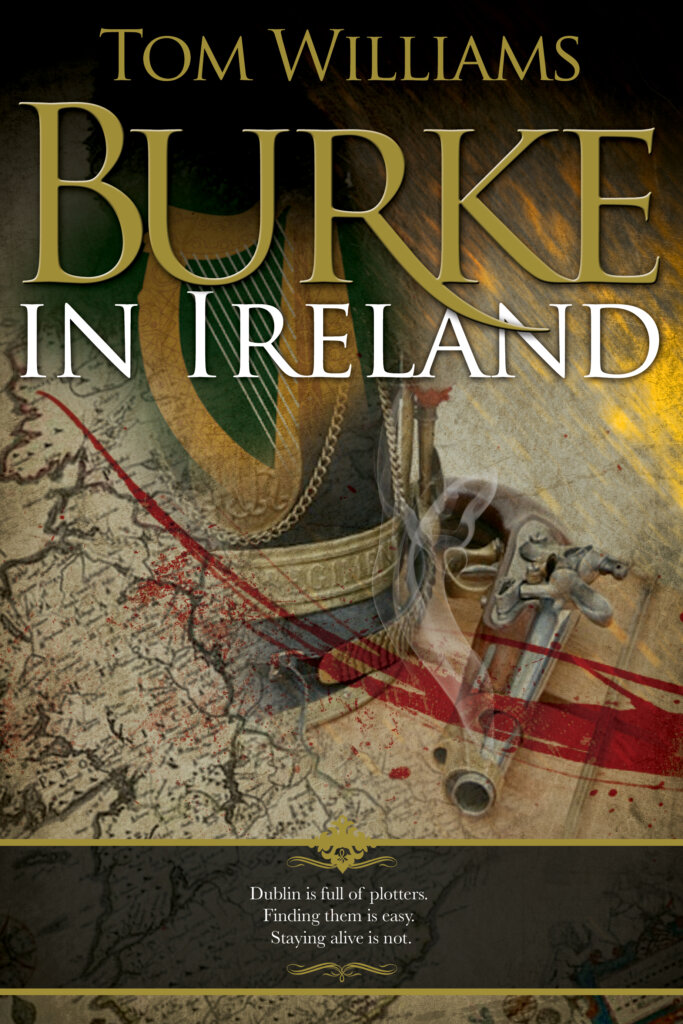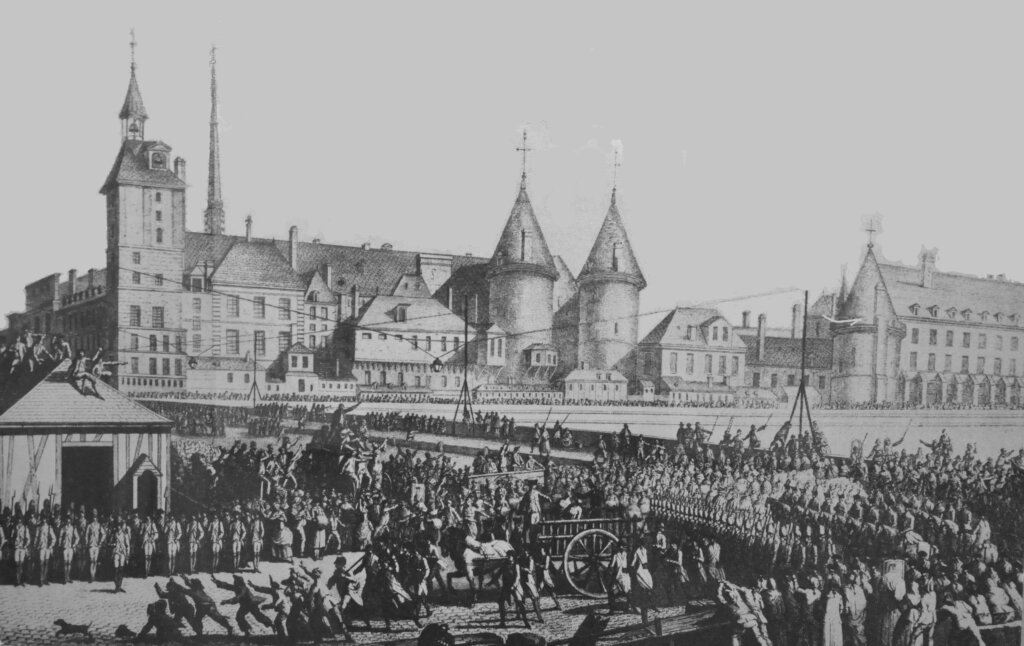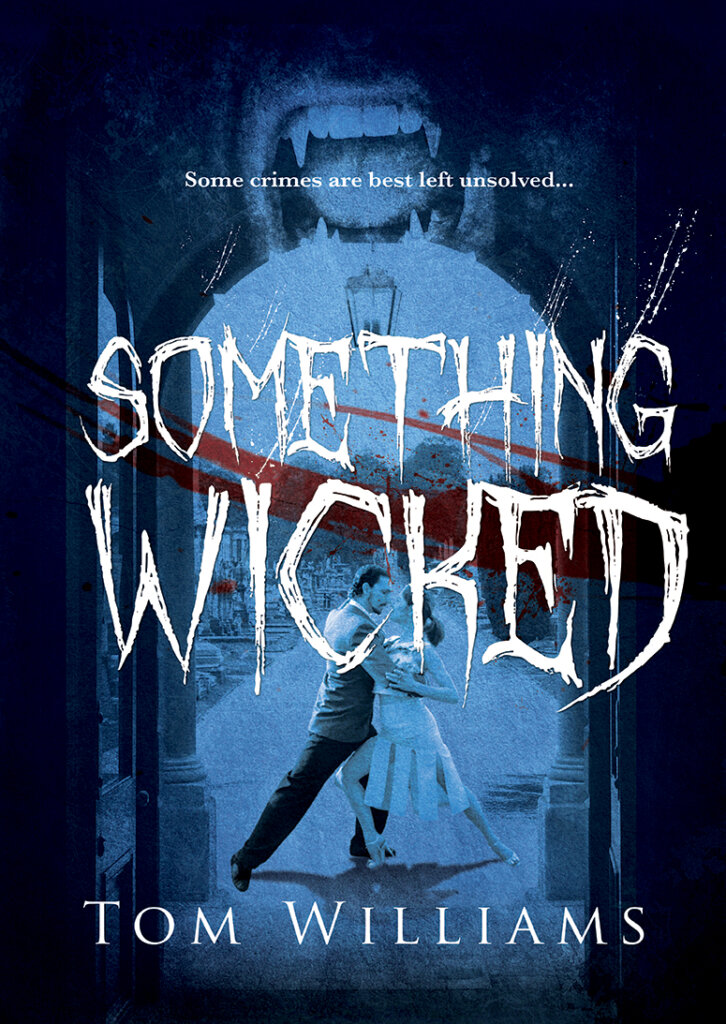I’m writing the next James Burke book. Or rather, I’m trying to write it but instead I am alternately bashing my head against a keyboard, playing an inordinate amount of Spider Solitaire, and writing this.
Burke in Ireland was a rather more downbeat book than most of the James Burke stories. I had set off to write the usual adventure yarn, but I was distracted by the sheer awfulness of British rule in Ireland at the end of the 18th century. The story I told was closely based on an actual historical event and historical facts meant it had to go in a rather gloomy direction. (Plus I thought that reading about Irish history might help people understand how we got to where we are today.)

Anyway, after that I decided I wanted to get back to the more light-hearted Burke (if stories that regularly feature torture and brutal death can really be described as light-hearted, but they sort of are). So the next book in the series is to revisit Baroness Orczy territory with Burke and the Pimpernel Affair seeing our hero freeing some British agents from a French gaol. The idea was something light and frothy with not too much need to get caught up in the historical detail.

Oh how the gods of HistFic must have laughed. It turns out that almost every element of the plot has involved quite a bit of actual history, from the routes used to smuggle British agents into Paris to the organisation of the gendarmerie. One scene, in which Burke is for once helping a woman to dress rather than undressing her, meant a visit to the V&A to see just how the dress would have been fastened. (My subsequent correspondence with the V&A is still on-going at this point.) Probably the nadir was reading the memoirs of Napoleon’s chief of police, Fouché (really not a nice man).

The thing that is driving me mad, though, is that the book features an escape from the Conciergerie in Paris. At the time of the story (1809) the Conciergerie was used to house political prisoners and spies. (There were some regular prisoners but they seem to have been there just until trial and they were probably housed in a separate area.)
Now the Conciergerie still exists. I’ve often noticed it on the Île de la Cité and now I know what it is I fully intend to visit. Only that’s tricky now because of covid. Plus even when I do visit it won’t help me that much. The Conciergerie has been substantially rebuilt since 1809 and an initial draft put the whole place the wrong way round because nowadays you enter through a completely different side of the building.

I’ve found plans of the ground floor in 1809, but they aren’t that useful because political prisoners were almost certainly kept one floor up. Part of that area has been “preserved” but preserved in a way that has completely destroyed the original architecture to make what is effectively a shrine to (of all people) Marie Antoinette. (And that, in a sudden burst of good taste, seems to be no longer open to the public.)
We do have descriptions of the first floor – or at least of parts of it. So, in an attempt to be realistic, I’ve had to try to reconstruct the plans of somewhere the actual geography of which is almost totally lost. The problem is that ‘almost’. Just enough is known to pretty well guarantee that, whatever I write, someone will explain that the corridor I’ve put from A to B would actually have had to have gone by C. (I’ve even found an old account that explains that pretty well the only specific location I’ve given must be wrong. Rewrites beckon.)

So there are the geographical problems. Now we come to the organisation.
The Conciergerie is part gaol, part court-house, part archive, and part administrative office. It’s an old royal palace. If Fouché had an office there (and it’s quite credible that he did) security would have been an issue. It’s the sort of building where there might well be some civilian gaolers but there are also likely to have been military guards. I’ve assumed that with the fighting in the Peninsula and the recent war with Austria, quite a few of these will be veterans who have returned to France injured and who are either being allocated to less demanding duties or awaiting postings back to their regiments. Do I know this? No, but I do have some idea how armies work and it seems a reasonable assumption (and one of the reasons I’m mentioning it now is so that anybody who knows different can correct me). It seems that prisoners who are being held there for interrogation as spies will be under special guard and I’ve assumed the military. Probably not the gendarmerie, who consider themselves above that sort of thing. (Gendarmes were elite troops.) So I have guards watching over a small number of political prisoners/spies. I’ve put on just a couple of guards doing the actual static guarding. I think they will spend most of their time sitting down, looking at an empty corridor with a few cells, and being bored out of their minds. But eventually (and let’s not go into the details because spoilers) there’s a breakout attempt. There will be a fight. It’s the dramatic climax of a James Burke novel: of course there’s a fight. So the question of what the soldiers are armed with becomes pretty crucial. At which point I turn to the wonderful hive-mind that is Napoleonic enthusiasts on Twitter and they say (without having been given all these details): muskets.
At one level, muskets make a lot of sense. But they are heavy and these guys spend most of their time sitting in a guard room. And if you are, for example, entering a cell to kick someone who is making too much noise, a musket not only gets in the way but can rapidly become a liability when the prisoner leaps up and grabs it off you. It’s not as if you are going to have it loaded in any case. If you carry it loaded as you go about your daily business I reckon the chances of an accidental discharge are very high and the chances that it will fire when you want it too are quite low (but again this is an expert’s chance to tell me I’m wrong).
I’m guessing that you might have muskets in the guardroom so that you can present arms and generally look soldierly for officer’s inspection, but that they mostly stay there. I think by 1809 the chances of you having an infantry short sabre are low but that you might well carry a bayonet on your belt and use that at a pinch.
Who knows? Hopefully someone reading this who will put an answer in the comments or (given that this is WordPress and commenting isn’t always as easy as it should be) write to me at tom@tomwilliamsauthor.co.uk.
Anyway, those are some of the things to consider in escaping from the Conciergerie. Let’s not even start on court protocol in the Tuileries (I’m sure Napoleon had it all documented but I think I can assume nobody’s read it lately so that’s something I don’t have to worry too much about), or the state of the road from Paris to Malmaison.
When I wrote my contemporary fantasy Something Wicked, research meant a couple of trips to Brompton Cemetery. (There’s quite a lot about tango in it, but I knew that already.) It was much easier to write than historical fiction and (because fantasy fans are voracious readers) very profitable. No wonder I know several HistFic authors moving into fantasy.

I’m planning to stick with historical fiction for now – and not just James Burke. (If you haven’t read The White Rajah yet, please give it a go.) But I am tempted by Urban Fantasy. Meanwhile, if any of you have an encyclopaedic knowledge of French prisons in 1809, with special reference to the Conciergerie, please do get in touch.

Sorry, Tom, I don’t have any knowledge of French prisons, so can’t help you with that. Yes, writing histfic can be very challenging when it comes to being accurate – good job most of us enjoy challenges! Hope you discover what you need.
Thank you. I’m getting there.
Unfortunately I know nothing about French prisons, but I think you are right about the muskets. Carrying it around loaded would probably be a terrible idea, and discharging them in a closed space would probably be deafening and not very efficient in a close fight. Bayonets makes more sense, how about sabers? Sorry I am just going on what I have read on combat in India, so not very French.
This makes sense. Thanks.